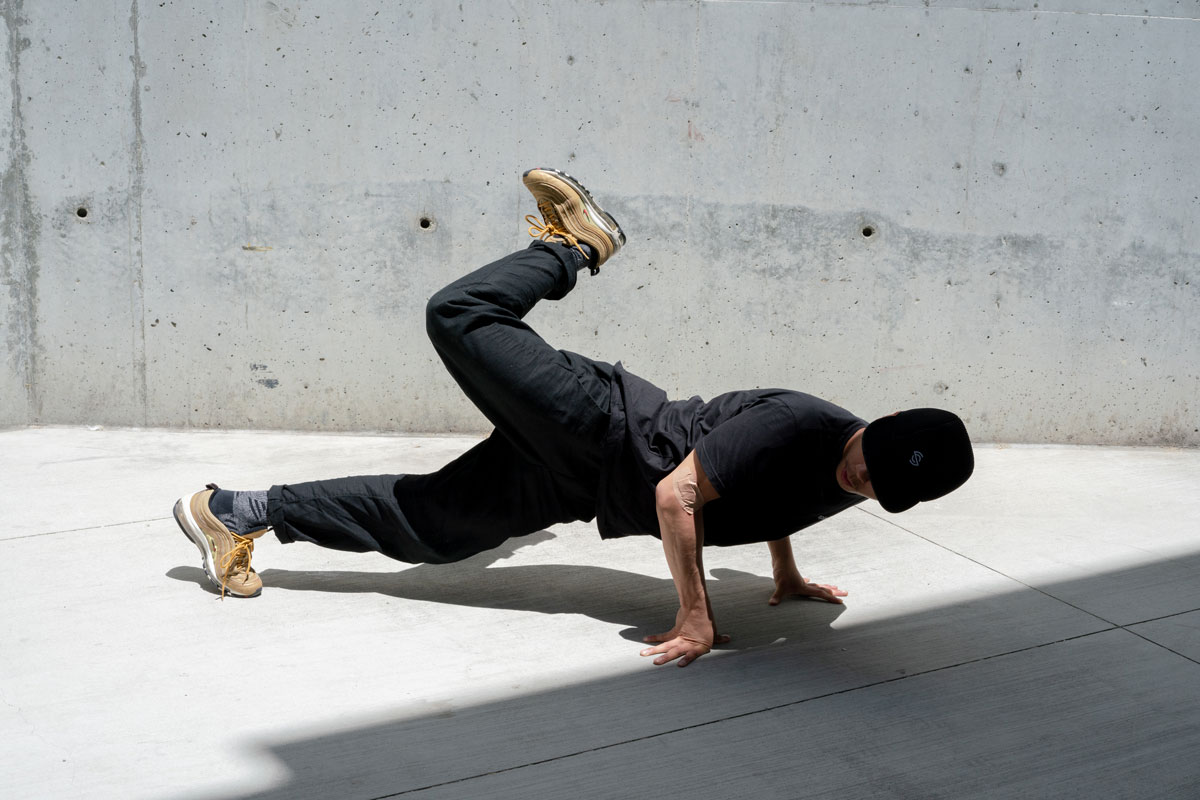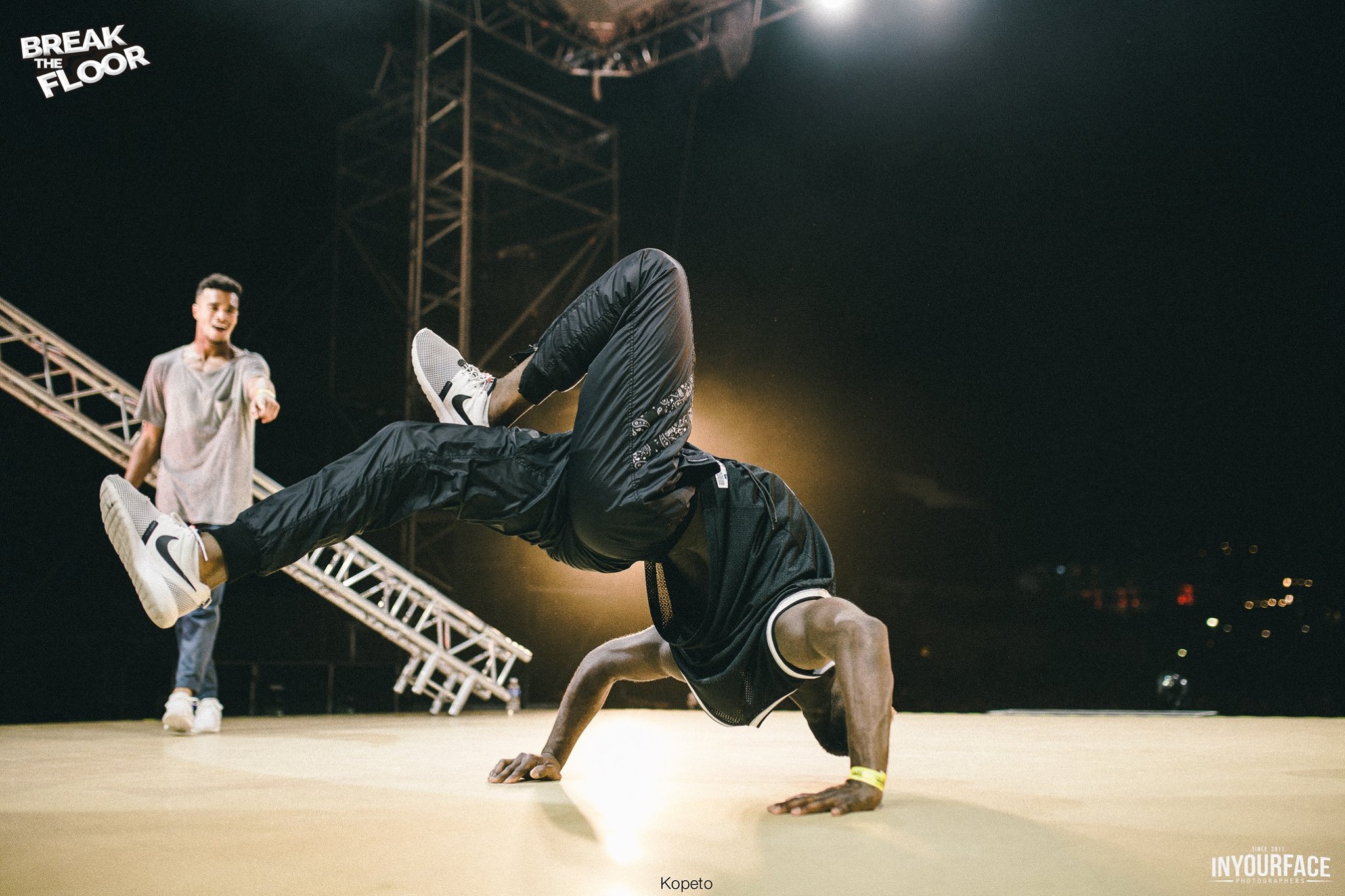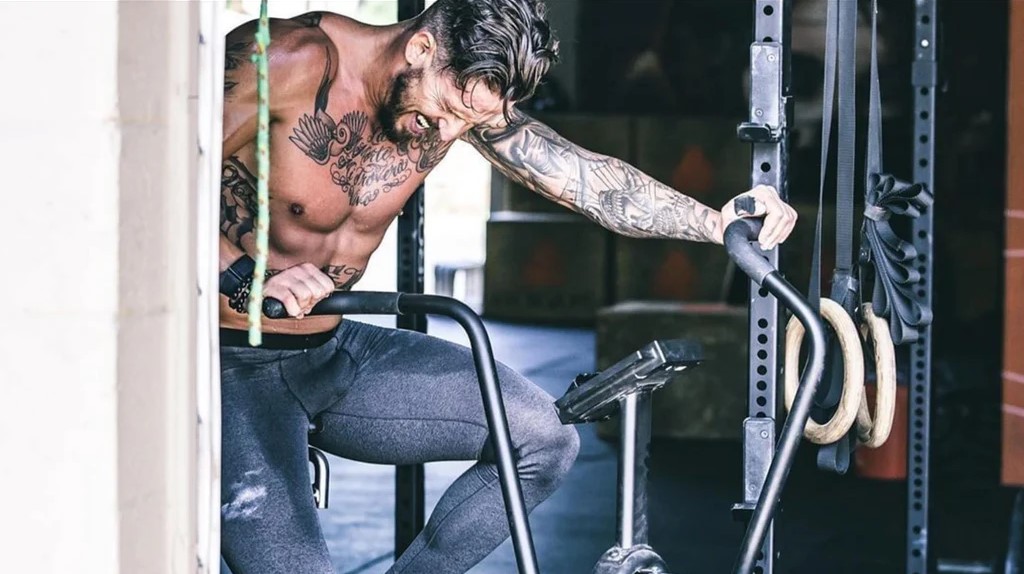- Allgemein
- 0 likes
- 24661 views
- 0 comments

Breakdancing, also known as B-Boying or B-Girling, is a dynamic and captivating dance style that originated on the streets of New York City in the 1970s. This art form combines acrobatics, style, and rhythm into impressive performances that demand both strength and creativity. If you're eager to start breakdancing, this comprehensive guide will walk you through the essential steps and tips for beginning your journey successfully.
1. Find Your Motivation
Understanding your motivation is crucial before you start breakdancing. Why do you want to learn this dance? Are you looking to master new moves, improve your fitness, or just have fun? Perhaps you're drawn to the culture and history behind breakdancing. Clarifying your motivation will help you stay committed and make progress, especially when faced with challenges.
The Culture of Breakdancing
Breakdancing is a vital component of Hip-Hop culture, which emerged in the Bronx, New York City, during the 1970s. Hip-Hop culture includes four key elements: DJing, MCing (rapping), graffiti art, and breakdancing. By exploring the history and culture of breakdancing, you can gain a deeper appreciation for this art form and enhance your motivation.
2. Understand the Basics
Breakdancing encompasses various elements that you'll learn progressively. Understanding these basics is essential for your development.
Toprock
Toprock refers to the dance steps performed while standing, before transitioning to the floor. These movements are often the first you see in a breakdancing routine and showcase your style and musicality. Toprock blends various dance steps and styles that you can adapt to your own rhythm and flow.
Footwork
Footwork involves the movements performed on the floor. These moves can be complex and require coordination and flexibility. Basic footwork includes the Six-Step, the Three-Step, and the Two-Step. Mastering these fundamental moves is crucial before advancing to more complex techniques.
Power Moves
Power moves are acrobatic elements like spins and flips that require significant strength and control. Notable power moves include the Windmill, the Flare, and the Headspin. These moves often highlight a breakdancing performance and require extensive practice and physical conditioning.
Freezes
Freezes are poses where you hold a specific position. These moves demand balance and control and typically conclude a breakdancing routine. Basic freezes include the Baby Freeze, the Chair Freeze, and the Handstand Freeze.
3. Watch Tutorials and Videos
One effective way to learn the basics is by watching tutorials and videos. Platforms like YouTube offer a wealth of free resources to teach you fundamental movements and techniques. Search for beginner videos with clear and detailed explanations.
Recommended YouTube Channels
- Red Bull BC One: Showcases battles and provides insights into the training and lives of professional dancers.
- Stance: Specializes in breakdance culture and events.
- ChannelSnack: Offers step-by-step instructions for beginners.
- CoachSambo: Provides step-by-step guides and useful training tips.
4. Take a Class
Enrolling in a breakdancing class at a dance school or community center can provide structured, professional guidance. Here, you can learn from experienced dancers and practice in a group setting. Many dance schools offer beginner classes designed specifically for newcomers.
Benefits of Taking a Class
- Professional Guidance: Experienced instructors can teach techniques and help you avoid mistakes.
- Structured Learning: Classes offer a structured environment that supports continuous progress.
- Community: You’ll meet other dancers and benefit from their experience and feedback.
5. Practice Regularly
Practice is key to mastering any skill. Dedicate regular time to practice and be patient with yourself. Start with basic moves and gradually progress to more advanced techniques. Practice sessions of 30 minutes to an hour, several times a week, can lead to significant improvements.
Tips for Effective Practice
- Set Realistic Goals: Break your goals into small, achievable steps.
- Repeat the Basics: Regularly practice basic movements to build a solid foundation.
- Record Yourself: Filming yourself can help track your progress and spot mistakes.
- Listen to Your Body: Avoid overexertion and ensure you take breaks and allow for recovery.

6. Build Your Fitness
Breakdancing requires good physical fitness, including strength, flexibility, and endurance. Complement your dance training with strength exercises, stretching routines, and cardio workouts to prevent injuries and enhance your performance.
Strength Training
Strength training is crucial for executing many breakdancing moves, especially power moves and freezes. Focus on exercises that strengthen your core, arms, and legs.
- Planks: Strengthen your core muscles.
- Push-Ups: Build strength in your arms and chest.
- Squats: Strengthen your leg muscles.
Flexibility Training
Flexibility is essential for executing smooth and safe breakdancing moves. Regular stretching helps improve your range of motion and reduce injury risk.
- Leg and Hip Stretches: Improve flexibility in your legs and hips.
- Back and Shoulder Stretches: Important for freezes and power moves.
Endurance Training
Good endurance helps you sustain longer practice sessions and performances.
- Running or Jogging: Improve cardiovascular endurance.
- HIIT Workouts: Combine intense exercises with short breaks to enhance strength and endurance.

7. Network with Other Dancers
Join a breakdancing community or attend local dance events and jams. Connecting with other dancers can be inspiring and provide new perspectives and tips. Plus, you’ll meet new friends who share your passion.
Benefits of Networking
- Inspiration and Motivation: Other dancers can inspire and motivate you to try new moves and techniques.
- Feedback and Support: Experienced dancers can offer valuable feedback and help you improve.
- Community and Friendships: Being part of a community can help keep you motivated.
8. Stay Creative and Have Fun
Breakdancing thrives on creativity and individuality. Experiment with different movements and develop your unique style. Most importantly, have fun and enjoy the journey.
Creativity in Breakdancing
- Freestyle: Let your creativity flow by improvising to your favorite music.
- Choreography: Create your own routines and blend various moves into a distinctive performance.
- Get Inspired: Draw inspiration from other dance styles, music genres, and dancers, and incorporate new elements into your style.

Summary
With these steps, you're well-prepared to start your breakdancing journey. Remember, becoming a B-Boy or B-Girl requires time, patience, and dedication. Stay motivated, practice regularly, and connect with other dancers. Above all, enjoy the process and have fun!
Breakdancing is a challenging but incredibly rewarding art form that offers not only new dance skills but also confidence, discipline, and a strong sense of community. So, put on your dance shoes, find your rhythm, and let the adventure begin!
Good luck on your path to becoming a breakdancing pro!


Comments (0)